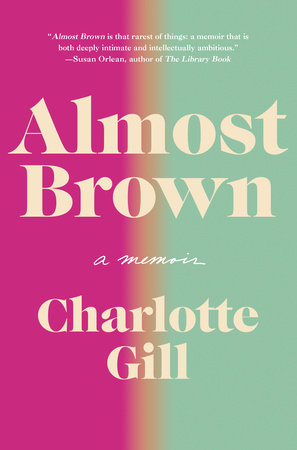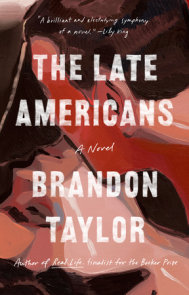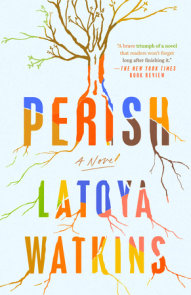READERS GUIDE
1. What do you think Charlotte Gill means by the title Almost Brown? How does her skin color affect her perception of others— and others’ perceptions of her—and how does that shift in different situations throughout her life?2. At times, Gill’s writing is vividly detailed, almost literary. What stands out to you in her detailing of childhood memories? How does it affect your reading of the memoir? Does it make you reconsider how you might describe your own family?
3. In what ways are Gill’s parents’ religious beliefs similar? How do they differ?
4. Gill paints a picture of life as a kid growing up in the seventies and eighties. What stood out to you as particular to that time period? How do you think her experiences might have differed if she were growing up today?
5. Gill describes a period of her life as “the paradox years.” What contradictions does she find within her family, her parents, and her community?
6. In addition to her own family’s history, Gill puts the histories of India and Kenya in context. Was there anything that you were surprised to learn? Were there any details that are similar to your own family’s history?
7. What does the book say about colonialism? In what ways are its repercussions still felt in the present day?
8. Gill’s life after her parents’ divorce is very different from the family’s life before it. What changes do she and her siblings experience, both externally and internally?
9. The Gill family leads a somewhat untethered existence during the author’s formative years. What does the book say about putting down roots? How do you think this state of perpetual motion may have affected Gill’s perceptions of identity and belonging?
10. Regarding his rejection of her father for marrying outside their faith, Gill says of her grandfather, “It seemed like an unyielding way to be, but we didn’t know his heart. I didn’t know his history, the places he’d come from, all that he’d seen and done.” How do you think deeply entrenched beliefs and customs play a role in the perception of multiracial families, both from within the family and by those outside? How might someone reconcile some of these disparate intergenerational attitudes?
11. Gill parses some of her more recent experiences as a mixed-race adult—from navigating the job market, to answering probing questions from friends and strangers, to processing recent events like the 2020 election, COVID, and the Black Lives Matter movement. How does her background affect her perception of these events? How might other intersectional elements she mentions (such as socioeconomic status, gender and sexuality, and relative safety) factor into her outlook?
12. Gill writes about the history of race as a social and political construction that was built over time. Race has no biological basis, but in many ways, it still has the power to govern what happens to people in their personal, professional, and economic lives. As a mixed person, Gill straddles two race “checkboxes.” How have race classifications affected you and your family?
13. In chapter 12, the author asks, “What does it mean to be brown? And where does this racial compartment cleave to whiteness?” Gill writes about the experience of passing as white when out in public. How does this phenomenon contribute to the discussion of privilege?




















